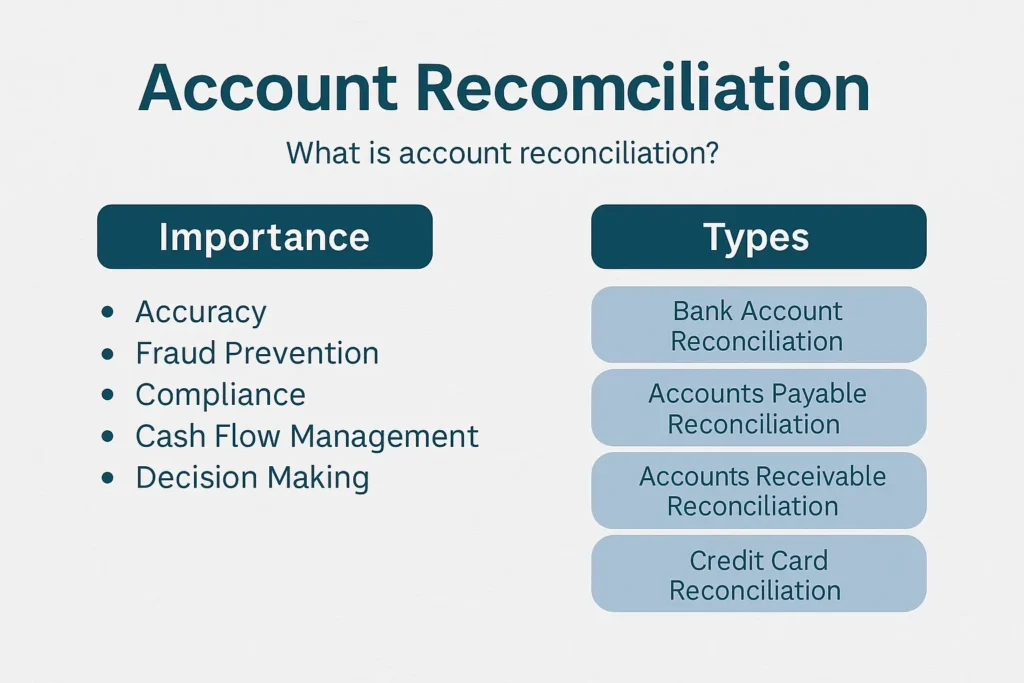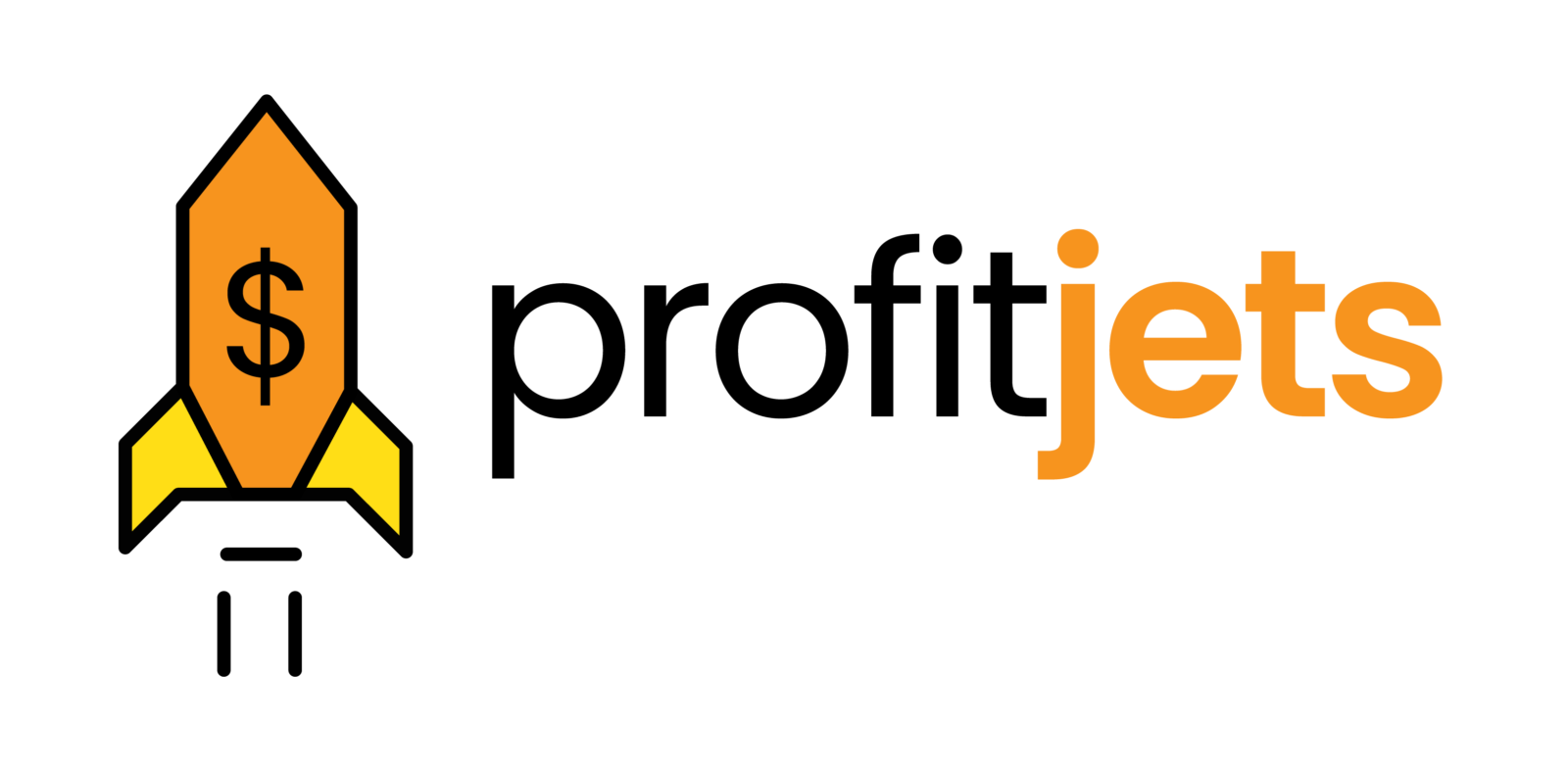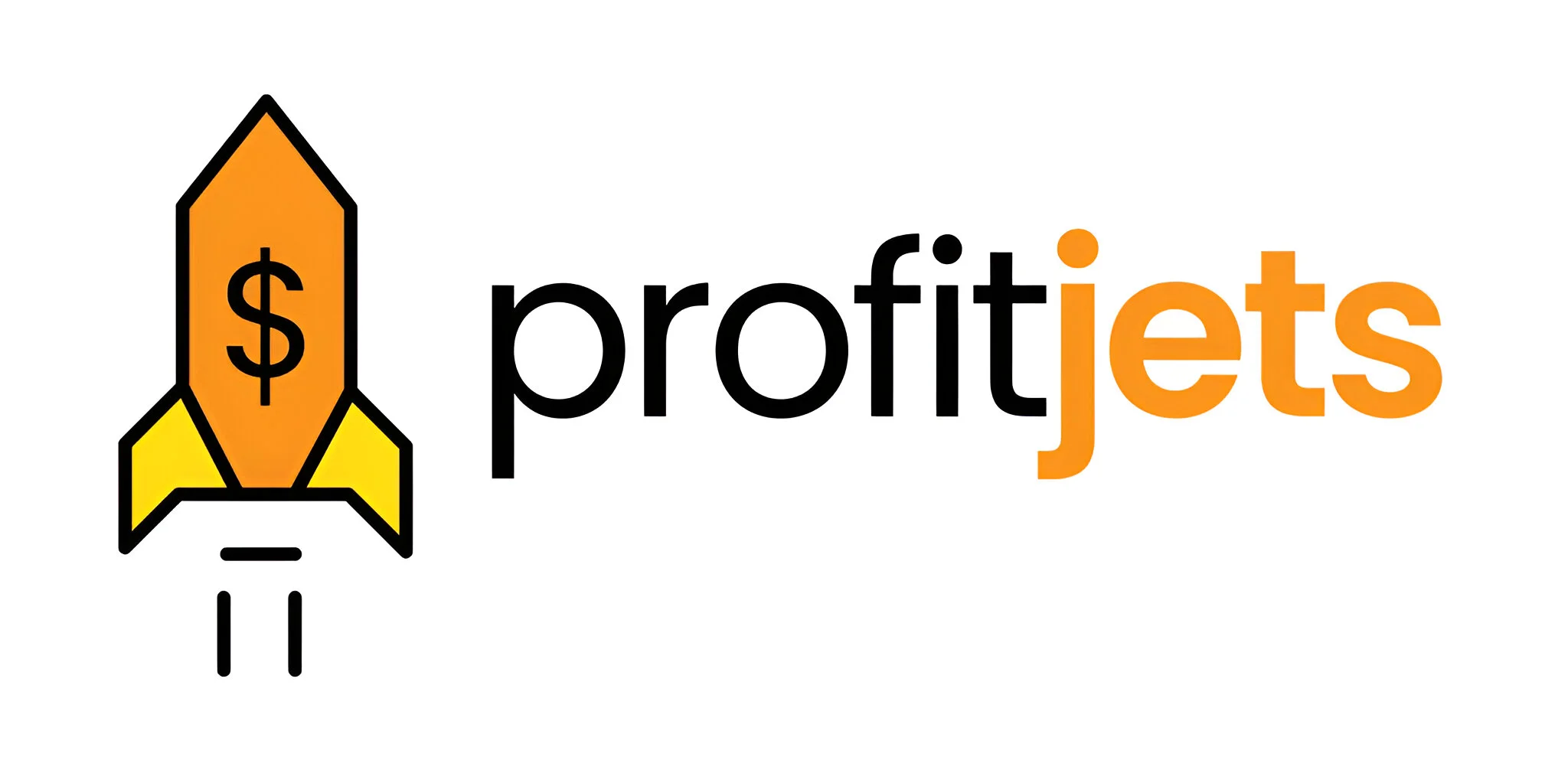In the world of accounting, accuracy is everything. Making sure that your financial records are current and accurate is not only a best practice but also crucial. This is where reconciliation in accounting comes into play. Account reconciliation is comparing your financial records with external statements to ensure consistency and accuracy. Whether running a small business or managing a large corporation, regular reconciliations are crucial for maintaining financial health.
In this article, we’ll explore reconciliation in accounting, the different types of reconciliation processes, and how choosing the right methods can benefit your business. We will also provide practical instances of reconciliations being implemented and emphasize how Profitjets can help you maintain control of your finances.
Table of Contents

What is Account Reconciliation in Accounting?
Account reconciliation in accounting is a critical process where businesses make sure that their financial statements are accurate and error-free. Being reconciled in accounting means that all accounts are in harmony, with no discrepancies between internal records and external statements.
The primary goal of account reconciliation is to verify that the amounts leaving your accounts match the amounts recorded in your financial records. This process is vital for businesses as it ensures that all transactions are accounted for and there are no mistakes or fraudulent activities.
For example, let’s say you’re reconciling your bank account. You would compare the transactions listed on your bank statement with those recorded in your accounting software. If a payment is missing or recorded incorrectly, reconciliation will reveal this so you can make the necessary adjustments.
Why is Reconciliation Important?
Reconciliation isn’t just about accuracy; it’s about safeguarding your business. Regular reconciliation helps prevent financial misstatements, ensures compliance with regulations, and provides a clear picture of your financial position. Your business may face cash flow issues, tax problems, and even legal consequences without proper reconciliation.
Types of Account Reconciliation in Accounting
There are several reconciliation types in accounting, each serving a specific purpose. Understanding these types will help you implement the right processes in your business.
1. Bank Reconciliation
Bank reconciliation is one of the most common forms of reconciliation. It involves comparing your company’s bank statements with your internal records to ensure that all transactions are accurately recorded.
| Bank Statement Transaction | Internal Record Transaction | Status |
| Deposit: $500 | Deposit: $500 | Reconciled |
| Withdrawal: $200 | Withdrawal: $200 | Reconciled |
| Payment: $150 | Payment: $100 | Discrepancy |
2. Vendor Reconciliation
Vendor reconciliation involves matching the amounts recorded in your accounts payable with the statements provided by your vendors. This ensures that all payments are accounted for and that no outstanding debts or overpayments exist.
3. Customer Reconciliation
Customer reconciliation is similar to vendor reconciliation but focuses on accounts receivable. This process compares customer payments with invoice amounts to ensure that all payments are correctly recorded.
4. Intercompany Reconciliation
For businesses with multiple entities, intercompany reconciliation is essential. This process ensures that transactions between related entities are consistent across all financial records.
5. Credit Card Reconciliation
Credit card reconciliation involves matching your credit card statements with your internal records. This helps ensure that all expenses are recorded accurately and that no fraudulent transactions have occurred.

What Type of Accounting Should One Use for the Reconciliation Process?
The type of accounting method you use can significantly impact efficiency and accuracy in the reconciliation process.
Manual Reconciliation
Manual reconciliation involves physically comparing your financial records with external documents. While this method can be effective for small businesses with a low volume of transactions, it can be time-consuming and prone to errors.
Automated Reconciliation
Automated reconciliation, on the other hand, uses accounting software to compare records and identify discrepancies automatically. This method is much faster and reduces the risk of human error. Automated reconciliation is often better for bigger businesses or those with high transaction volumes.
Double-Entry Accounting
Double-entry accounting is a system where transactions are recorded in two accounts—debit and credit. This method provides a built-in reconciliation process, as the total debits must always equal the total credits. Double-entry accounting is widely used because it enhances accuracy and simplifies reconciliation.
Here are a Few Reconciliations in Accounting Examples
Let’s look at a few real-world examples to understand the account reconciliation process better.
Example 1: Bank Reconciliation
Imagine a company that receives a $500 payment from a client. The transaction is recorded in the company’s accounting software, but the payment is missing when the bank statement arrives. The company discovered the error through bank reconciliation and contacted the bank to resolve the issue.
Example 2: Vendor Reconciliation
A business orders supply from a vendor and records the transaction as a $1,000 expense. However, the vendor’s statement shows the invoice was $1,200. Through vendor reconciliation, the business realizes that it was underpaid and can promptly correct the mistake.
Example 3: Intercompany Reconciliation
A parent company provides a loan to its subsidiary. Both entities record the transaction, but the amounts differ. Intercompany reconciliation helps identify the discrepancy and ensures that both sets of records are aligned.
How Can Profitjets Help with Accounting Reconciliations?
Profitjets offers a comprehensive solution for businesses looking to streamline their reconciliation processes. Whether managing bank reconciliations, vendor reconciliations, or any other type of reconciliation, Profitjets provides the tools and support you need to stay accurate and compliant.
Key Features of Profitjets:
- Automated Reconciliation: Profitjet uses software that automatically compares your records with external statements, saving you time and reducing the risk of errors.
- Customizable Reports: Generate detailed reconciliation reports that provide insights into your financial status.
- 24/7 Support: Profitjets offers round-the-clock support to help you navigate reconciliation challenges.
Our outsourced bookkeeping services ensure that every transaction is accounted for, providing clarity and confidence in your financial data. Whether you need bank reconciliations, credit card reconciliations, or intercompany reconciliations, our experts handle it efficiently.
By partnering with Profitjets, your focus will be on growing your business while leaving the complexities of reconciliation to the experts.

Conclusion
Account reconciliation in accounting is a vital process that ensures the accuracy and reliability of your financial records. By understanding the different types of reconciliation and implementing the right methods, you can protect your business from financial discrepancies and errors.
Whether you choose manual or automated reconciliation, the key is consistency. Regularly reconciling your accounts will assist you in staying on top of your finances and avoiding surprises.
Frequently Asked Questions
1. What is the primary purpose of account reconciliation?
To ensure that financial records are accurate and consistent by comparing internal records with external statements.
2. How often should small businesses perform account reconciliations?
It’s recommended to perform reconciliations monthly, but the frequency can vary based on transaction volume and business needs.
3. Can account reconciliation help in detecting fraud?
Yes, regular reconciliation can identify unauthorized transactions and discrepancies, aiding in fraud detection.
4. What tools can assist in the account reconciliation process?
Accounting software like QuickBooks, Xero, and NetSuite offer automated reconciliation features that enhance efficiency and accuracy.
5. Is account reconciliation different from bank reconciliation?
Bank reconciliation is a type of account reconciliation that specifically compares bank statements with internal cash records.










